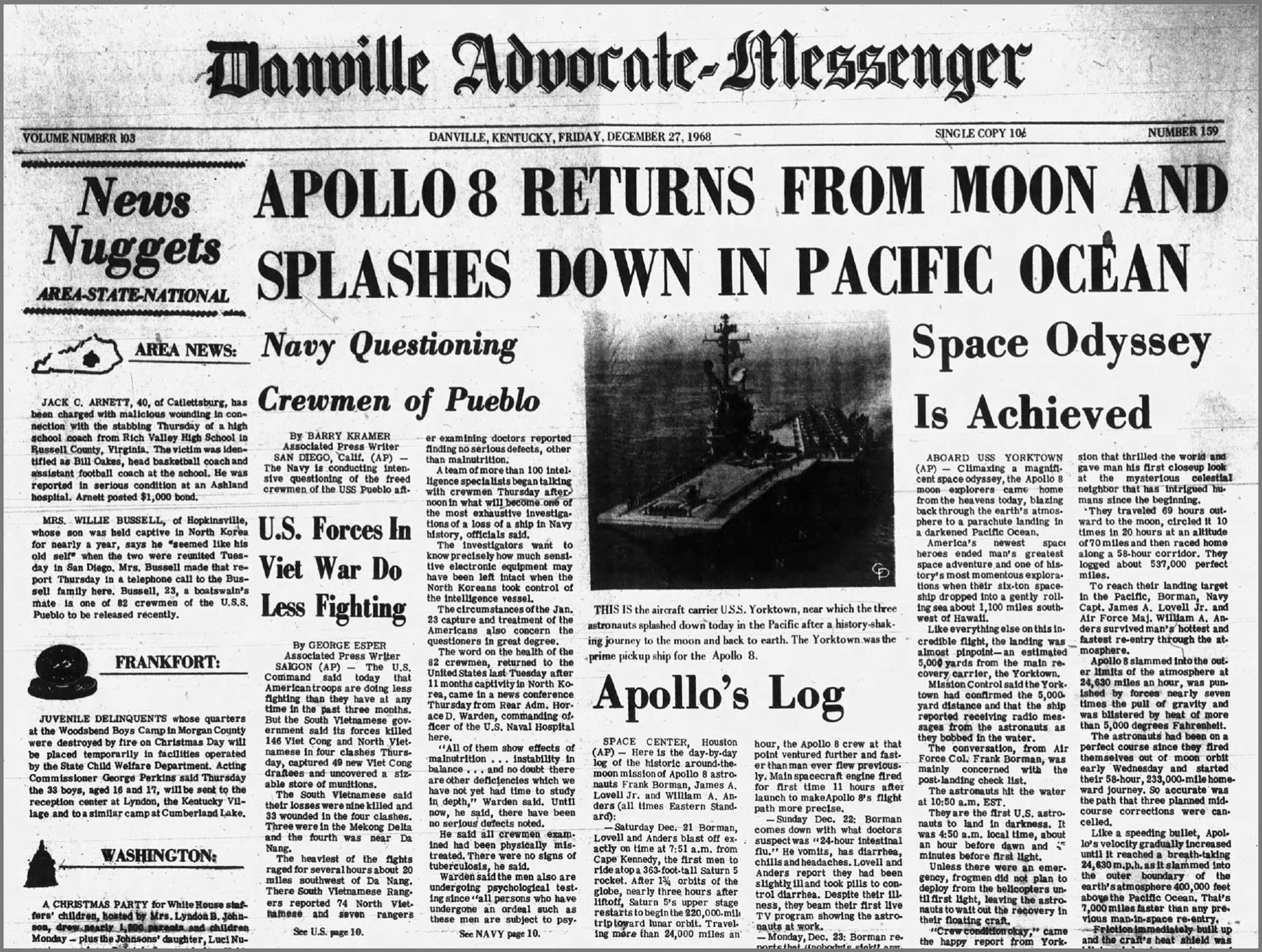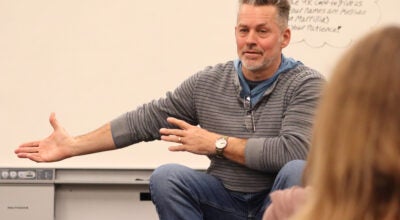Trash wheels help control litter, but we must think bigger
Published 7:48 am Monday, January 22, 2018
2018 is going to be a little less trashy and a little more fun in Baltimore. The Port Administration of Baltimore is going to put a trash-collecting wheel named “Captain Trash Wheel” in South Baltimore’s Masonville Cove. Baltimore has already had great success with their two other trash wheels, “Mr. Trash Wheel,” who was installed in 2014, and “Professor Trash Wheel,” who was installed in 2016.
These wheels are very interesting devices: They operate similarly to boats that use a water wheel, but they are stationary. Instead of powering a boat’s movement, the water wheel powers a conveyor belt that picks up trash from the water as it flows in. The conveyor belt then carries the trash to a dumpster barge.
The trash wheels also have solar panels on them, so if there is not enough current, they can use the power from the solar panels to pump water onto the water wheel to keep it turning , which keeps the conveyor belt going.
The trash wheel can pick up large items like tires and small items like cigarette butts. The conveyor belt will pick up anything that floats, so it gets styrofoam and plastics too. Mr. Trash Wheel and Professor Trash Wheel have collected almost 1.5 million pounds of trash since May 9, 2014.
This trash includes 9,857,900 cigarette butts, 703,779 chip bags, 608,740 plastic bottles and 511,857 grocery bags.
According to the Waterfront Partnership of Baltimore, on a dry day, Mr. Trash Wheel might only get a couple of trash cans full of trash from the water, but after a storm, it might pick up a couple of dumpsters full of trash. This is because of water runoff: After a storm, the rainwater washes all of the trash from the land into the water, and then the trash flows downstream until it winds up in the bodies of water where the trash wheels operate.
These water wheels are a really cool and fun technology and are helping counteract negative environmental consequences of bad human behaviors. But according to Adam Lindquist from Healthy Harbor Initiative, a program working to restore and protect the Baltimore Harbor, the real goal is to put water wheels out of business.
They are a temporary fix to the problem, Lindquist said in a video on the Baltimore Waterfront website. “The real solution is that people need to change their behavior.”
I think Lindquist’s perspective is something to take to heart. This is a really cool technology that is being used to clean up the waterways and that’s awesome. But if people weren’t throwing their trash on the ground in the first place, then we wouldn’t need a Mr. Trash Wheel. Even though he’s pretty adorable, it’s kinds of terrible that we need him in the first place.
I think this lesson applies beyond Mr. Trash Wheel and Baltimore. Humans are very creative and we can come up with some great solutions to problems. But when it comes to the environment, all of our creative solutions should probably only be temporary stop-gaps — the real solutions involve humans correcting their behavior so we’re not causing problems.
Just think — if humans avoided one-time-use plastics and used reusable water bottles and reusable grocery bags, we could have positive environmental impacts equal to thousands of Mr. Trash Wheels.
You can learn more about Baltimore’s water wheels by visiting http://baltimorewaterfront.com/healthy-harbor/water-wheel/.






